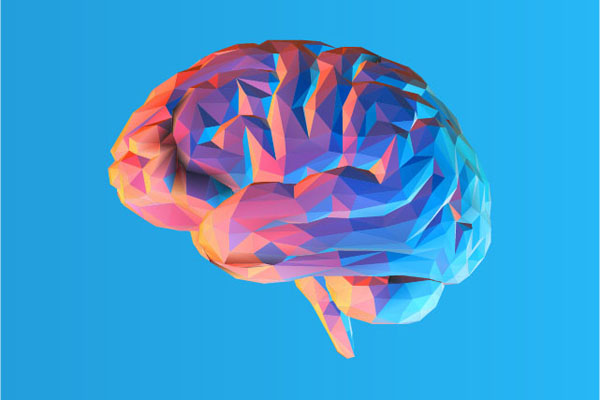 Transcranial magnetic stimulation (TMS) has gained recognition in recent years as an effective treatment option for patients with depression that does not respond to medication. TMS was certified by the Federal Drug Administration (FDA) in 2008, and it is now widely accessible across the United States.
Transcranial magnetic stimulation (TMS) has gained recognition in recent years as an effective treatment option for patients with depression that does not respond to medication. TMS was certified by the Federal Drug Administration (FDA) in 2008, and it is now widely accessible across the United States.
The application of TMS for depression treatment
According to the National Institute of Mental Health, over 17 million individuals in the United States suffer from a major depressive disorder, commonly known as depression. Depression is a diagnosable mood disease that manifests as profound sorrow, decreased energy and appetite, and a loss of interest in formerly pleasurable activities.
Depression, if left untreated, may result in severe health problems, including suicide. Psychiatrists often prescribe antidepressants to treat depression as a first-line treatment. Other therapies, like counseling and better diet and exercise habits, may help antidepressant medicines work more effectively. However, some individuals do not respond to antidepressants.
How TMS works for mood regulation
TMS is a non-invasive means of stimulating the brain. It works by transferring electromagnetic induction via an insulated coil placed over the patient's head. It is then concentrated on a region of the brain believed to be involved in mood regulation. The coil sends short magnetic pulses through the patient's skull and into the brain. The pulses are identical to those produced by magnetic resonance imaging (MRI) devices in terms of nature and intensity. Since these pulses are administered in fast succession, the therapy is called "repetitive TMS" or "rTMS" and results in longer-lasting alterations in brain activity.
Some mental health professionals now prescribe a variation of TMS called deep transcranial magnetic stimulation (dTMS), which employs an H-coil, a newer kind of coil capable of directly stimulating deeper and bigger brain volumes. This coil has a broader effect on neural pathways, affecting deep cortical areas and fibers that reach subcortical locations. It achieves this without causing any remarkable increase in the generated electric field in the superficial cortical layers.
How TMS treatment is administered
An electromagnetic coil is attached to the patient's scalp and near the forehead during a TMS treatment session. The electromagnet generates a painless magnetic pulse that activates nerve cells in the brain area that is responsible for mood and sadness. TMS stimulates areas of the brain whose activity levels have slowed down as a result of depression.
While researchers do not have complete insight into the working mechanism of TMS, they have studied how it affects how the brain functions. This seems to alleviate depressive symptoms, boost mood, and facilitate the patient's return to regular activities. As the medical community gains more knowledge about the technique, they will offer other methods for administering TMS treatment to maximize its efficacy.
In summary
TMS may be an effective and non-invasive treatment alternative for those who have not improved from using medication or psychotherapy. While TMS is also used to treat obsessive-compulsive disorder, posttraumatic stress disorder, and other mental health issues, it has had more success in treating depression.
Request an appointment or call NYC Psychiatric Associates at 917-391-0076 for an appointment in our New York office.
Related Posts
Treating major depressive illness with transcranial magnetic stimulation (TMS) magnetic fields is non-invasive and non-systemic. This method, often recommended when conventional therapies such as antidepressant treatment and talk therapy have failed, can produce significant relief from depression symptoms.Some patients undergoing TMS for depression may be reluctant to forego their antidepressant medication throughout the 6-week treatment…
Transcranial magnetic stimulation (TMS) is fast becoming a popular non-invasive depression therapy. With TMS, electromagnetic pulses help stimulate nerve cells without causing any damage to the cells themselves. It has the potential to alleviate the signs of mental and neurological problems. Patients suffering from depression may respond well to this treatment. This article focuses on…
Transcranial magnetic stimulation (TMS) might be an effective option for people whose depression does not respond to medication, or who want to avoid medication side effects. Mental illness is more common than people think, and depression is one of the most prevalent forms of it. Traditional treatments, such as medication or talk therapy, are often…


